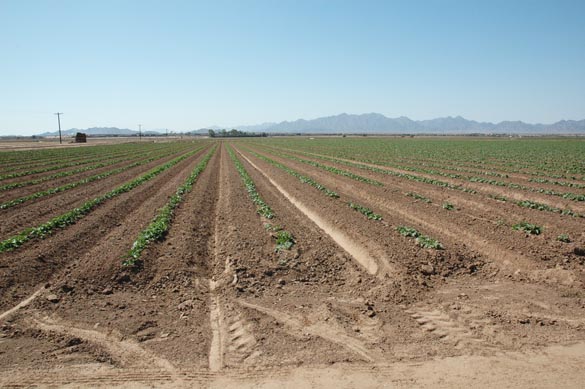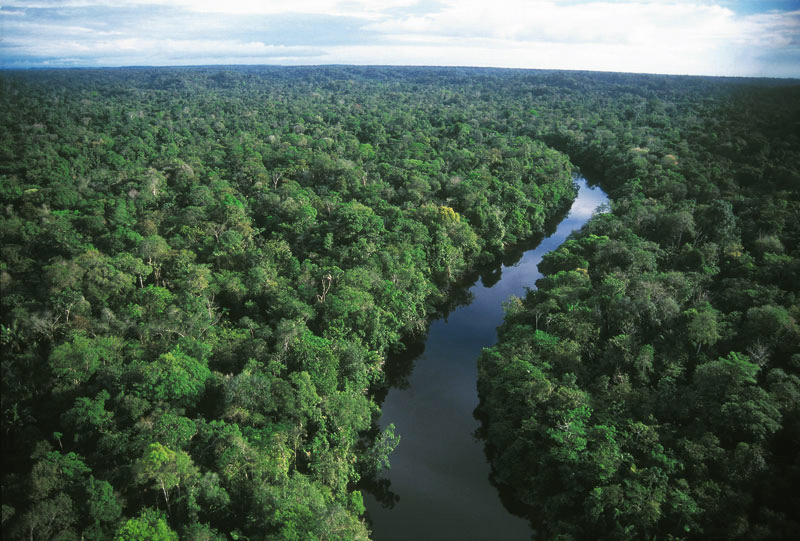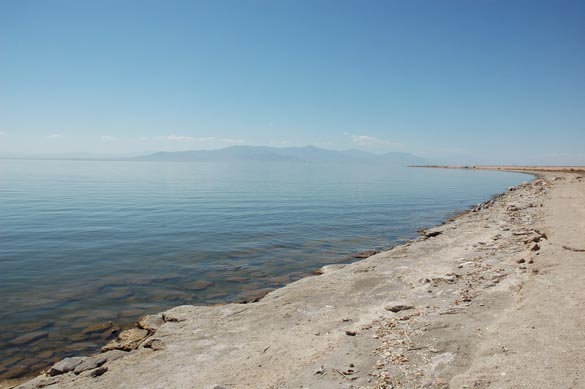THE 800-MM ISOHYET: HEALTH AND HOPE
1. THE BIOSPHERE
1.1
Living matter is made out of three major elements: hydrogen, oxygen, and carbon.
1.2
These constitute more than 98% by weight of all living matter.
1.3
Three other elements: nitrogen, phosphorous, and sulphur, are regarded as leading nutrients, due to their importance in life processes.
1.4
Among the remaining nutrients are sodium, calcium, potassium, magnesium, iron, zinc, aluminum, boron, chloride, chromium, cobalt, copper,
fluoride, manganese, molybdenum, and selenium.
1.5
The architecture of the biosphere requires specific quantities of these nutrients.
1.6
The quantities vary with the type of organism.
1.7
Plants obtain their carbon and oxygen from the air, and their hydrogen from water in the surrounding environment.
1.8
The extra oxygen molecule in water is released to the air.
1.9
Therefore, in order to grow, plants must produce oxygen as a byproduct.
1.10
Plants get the nutrients they need from the surrounding soil and, increasingly in developed societies, by artificial fertilization.
1.11
Thus, plants require the following inputs: solar energy, carbon dioxide, water, and nutrients.
2. LIMITING FACTORS
2.1
The supply of solar energy varies primarily with latitude.
2.2
Plants in tropical and temperate regions are able to get their energy needs during the day or, significantly, during the growing season.
2.3
Carbon dioxide exists in the air in concentrations that are sufficient for plants to avail themselves of as much carbon and oxygen as needed.
2.4
Therefore, the limiting factors are always water and nutrients.
2.5
Water is limited in regions with little or no rain; conversely, nutrients are limited in regions with too much rain.

The Sahara desert.
2.6
Throughout geologic time, in humid regions, enough rainfall has percolated through the soil to wash the nutrients out into neighboring streams and rivers.

The Amazon rainforest.
2.7
This process is referred to as the leaching of the nutrients.
2.8
In arid regions, the soils are relatively unspoiled and typically rich in nutrients because leaching has not had a chance to take place.
2.9
Therein the dichotomy: In arid regions, there are plenty of nutrients, but not enough water; in humid regions, there is plenty of water, but not enough nutrients.
2.10
At the extremes of the climatic spectrum, regions where mean annual precipitation is less than 100 mm are referred to as superarid;
regions with mean annual precipitation greater than 6400 mm are referred to as superhumid.
2.11
In superarid regions, life is hard because there is very little water.
2.12
In superhumid regions, life is hard, particularly for humans, because most of the nutrients have been leached out of the soil.
2.13
Over the past century, humans have endeavored to challenge Nature's design by irrigating arid lands, that is, moving water great distances to irrigate the deserts, thereby making them productive.

Irrigated plot, Wellton-Mohawk irrigation project, Arizona.
2.14
Since deserts have a store of nutrients, all that is required to start using those nutrients is to add imported water to the soil.
2.15
Superhumid regions, though, remain largely unexploited by humans, because most people are uncomfortable in the high humidity that prevails in these regions.

The Amazon rainforest.
3. THE QUANDARY OF CIVILIZATION
3.1
How to cope with the natural distribution of water and nutrients across the climatic spectrum?
3.2
By all accounts, the import of water into arid regions solves the problem of water supply, but this is necessarily at the cost of creating a problem of salt disposal.

Main canal, Wellton-Mohawk irrigation project, Arizona.
3.3
In effect, the two major salts, calcium and sodium, are produced from soils in greater quantities than needed by the artificial ecosystems,
and thus end up polluting neighboring watercourses in the case of open drainage systems, or inland lakes in the case of closed drainage systems.
3.4
For instance, the salinity of the Salton Sea, in California, a closed system which has been receiving agricultural drainage
for the past 80 years, continues to increase, with no end in sight.

Salton Sea at Bombay Beach, California.
3.5
Too little precipitation leads to too little water and too many nutrients; conversely, too much precipitation leads to too much water and too few nutrients.
3.6
It follows that there must be a happy medium where the supply of water and nutrients are optimal, that is, just enough water for life's needs,
a sufficient amount of good nutrients, and comparatively few surplus nutrients requiring disposal.
4. THE 800-MM ISOHYET
4.1
The preceding considerations lead to the concept of mean annual global terrestrial precipitation, and to the recognition of its unique role
in fostering sustainability.
4.2
Mean annual global terrestrial precipitation is the average amount of rain that falls globally in the continental regions of the Earth.
4.3
Climatological studies indicate that this number is around 800 mm.
4.4
Thus, a region with about 800 mm of mean annual precipitation ought to be in natural balance, theoretically with no pressing need for extra water or nutrients.
4.5
If subsidies means extra energy expenditures, and if energy expenditures translate into an augmented carbon footprint, it is readily seen
that the 800-mm isohyet region adheres to the principle of sustainability.
4.6
We conclude that the 800-mm isohyet is a region where life, particularly human life, would find itself in its most comfortable, and secure, position.
4.7
To reiterate, if humid regions leach soils excessively and arid regions conserve nutrients due to lack of use,
then the 800-mm region must be at an optimum balance between water and nutrients: enough water and nutrients, in quantity and type, to satisfy the basic needs of the ecosystem.
4.8
In pristine soils, the type of nutrients depends on the local geology and geomorphology.
4.9
For any one region, this amounts to the proverbial luck of the draw: Either we have certain nutrients, or we don't.
4.10
Nevertheless, once a supply of nutrients is determined by a region's geology, the amount of soil leaching must determine, to a large extent,
the balance of available nutrients.
4.11
In other words, other factors being equal, the 800-mm isohyet must be at or close to optimal from the standpoint of human
livability and survivability.
4.12
At this annual rainfall amount, the good nutrients would be in ample supply and the unwanted salts would be minimized.
5. OUTLOOK
5.1
A plentiful supply of diverse nutrients is apt to enhance biotic potential; therefore, the 800-mm isohyet is where life, particularly for humans, is likely to be optimal.
5.2
Thus, it is there where health and hope, so essential to body and soul, ought to be most naturally at their peak.
Narrator: Victor M. Ponce
Music: Fernando Oñate
Credits: 800mm.sdsu.edu
Image credits: Google
Copyright © 2010
Visualab Productions
All rights reserved





